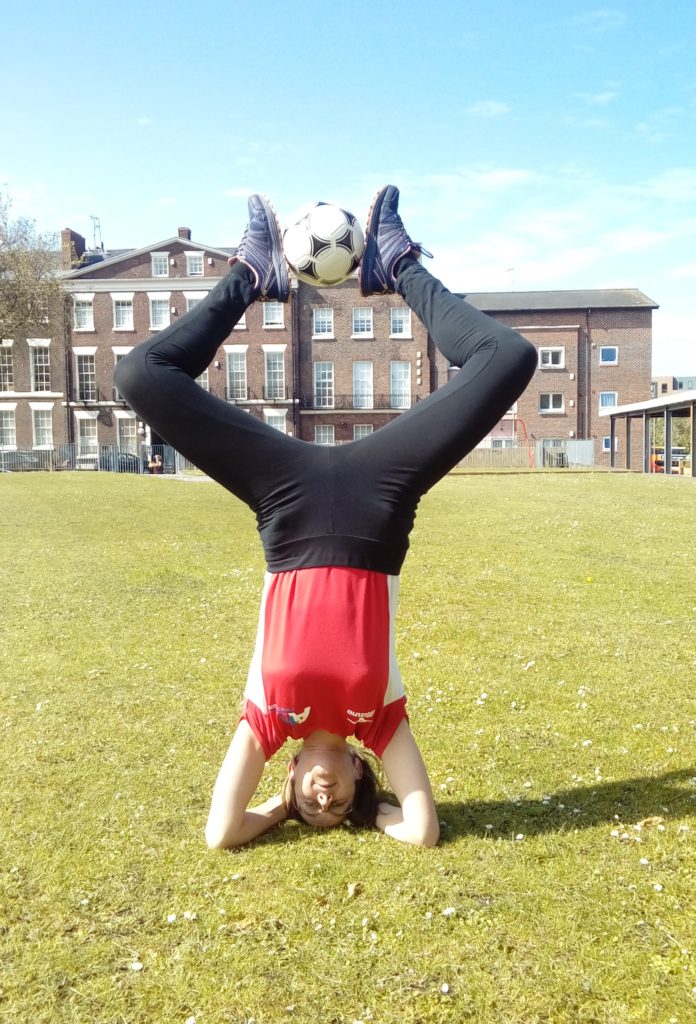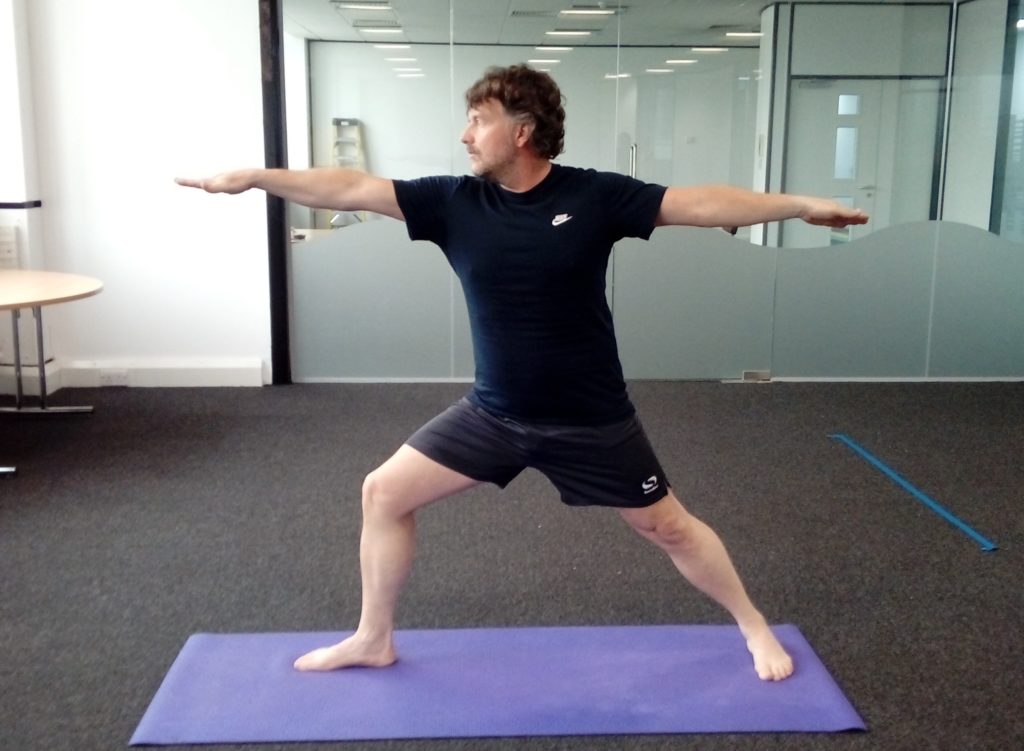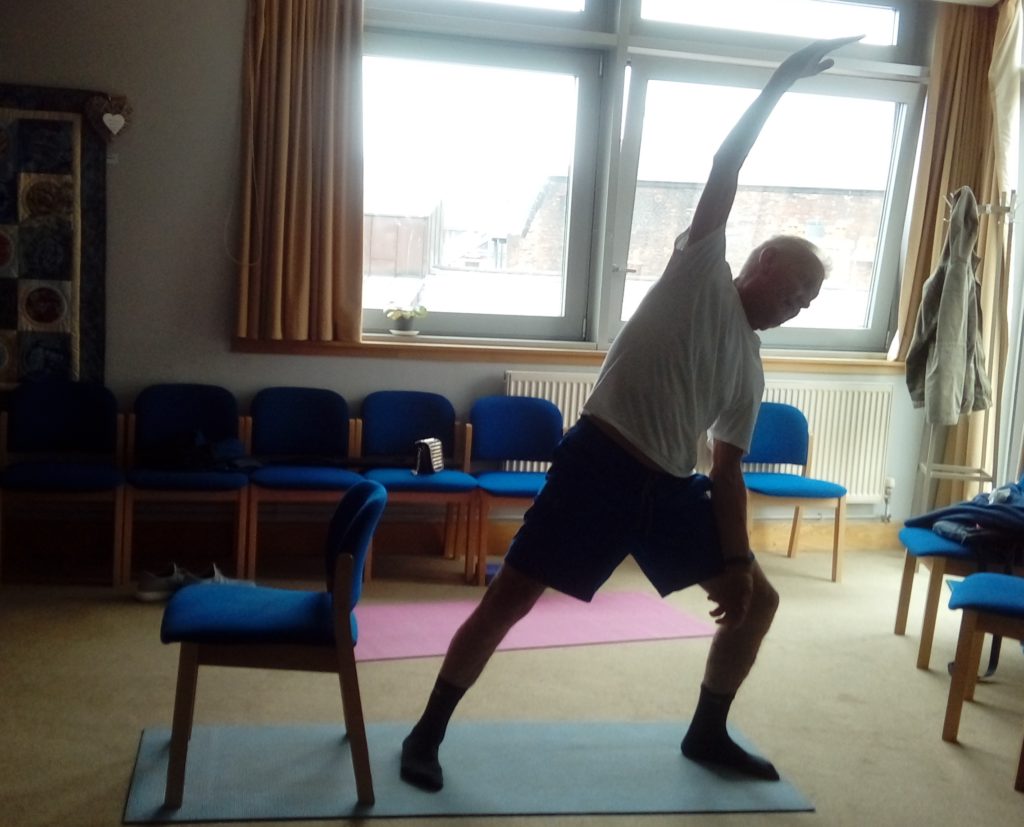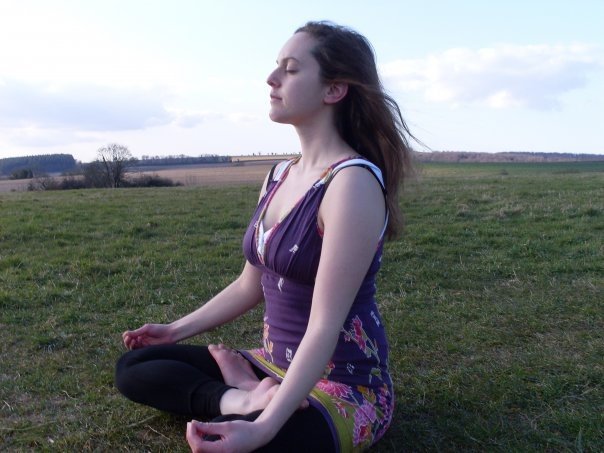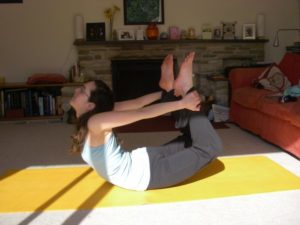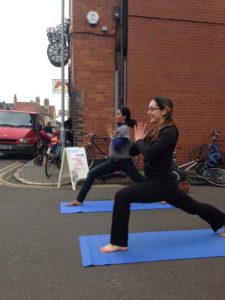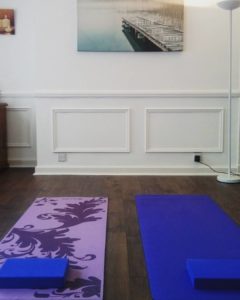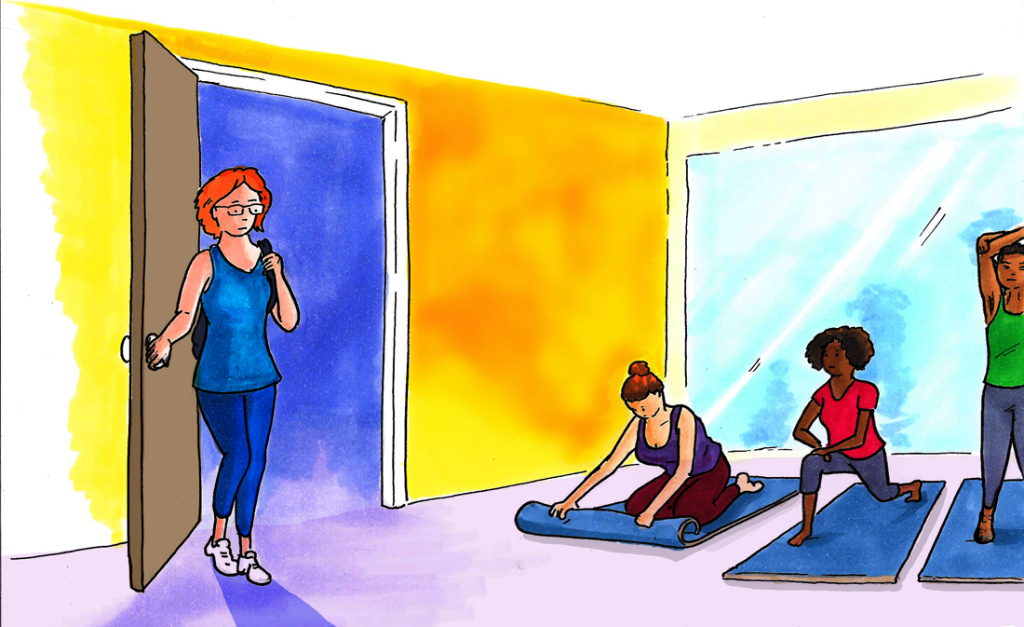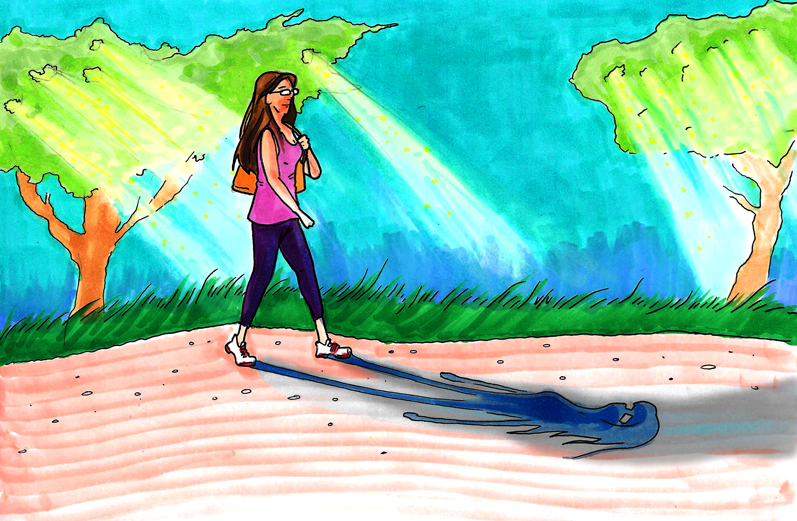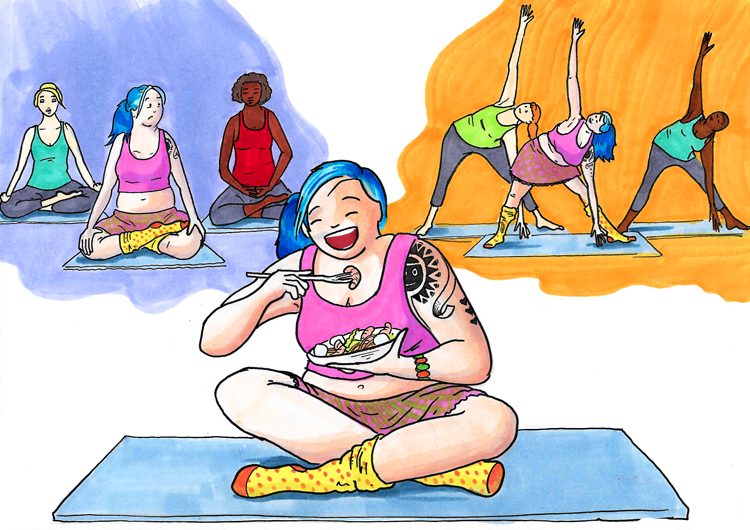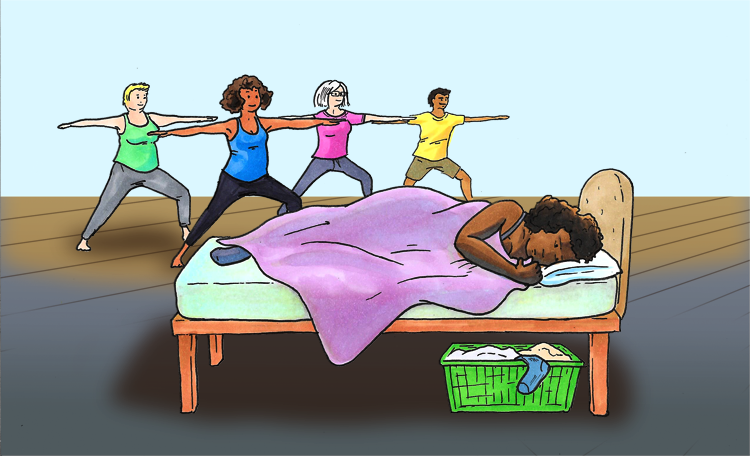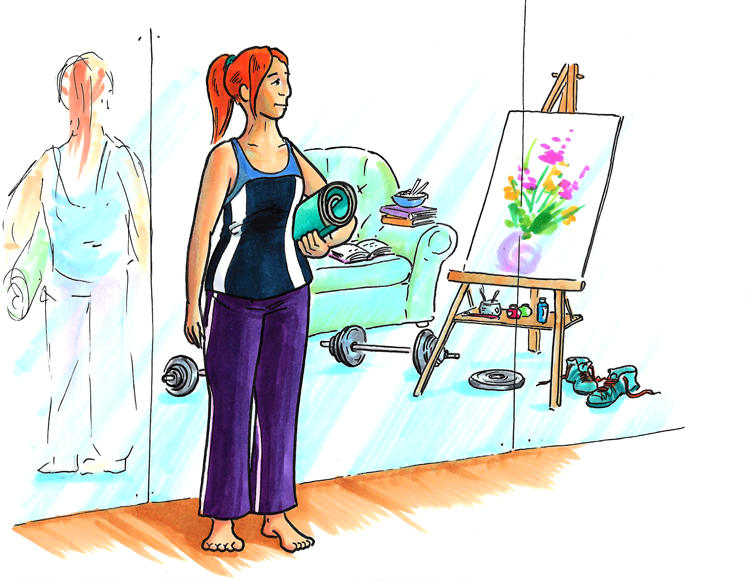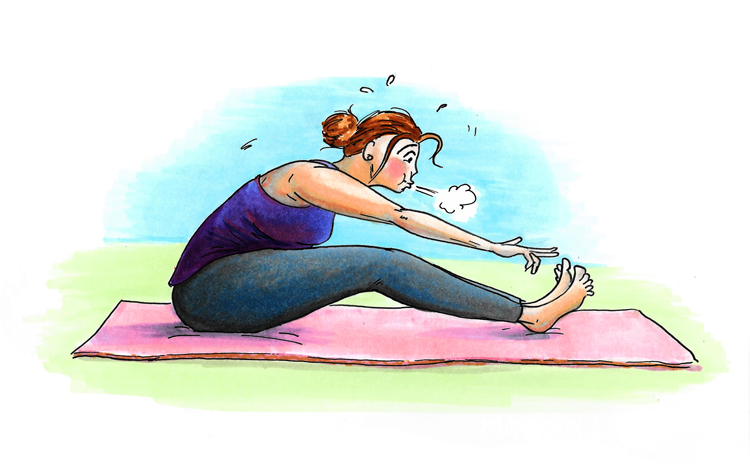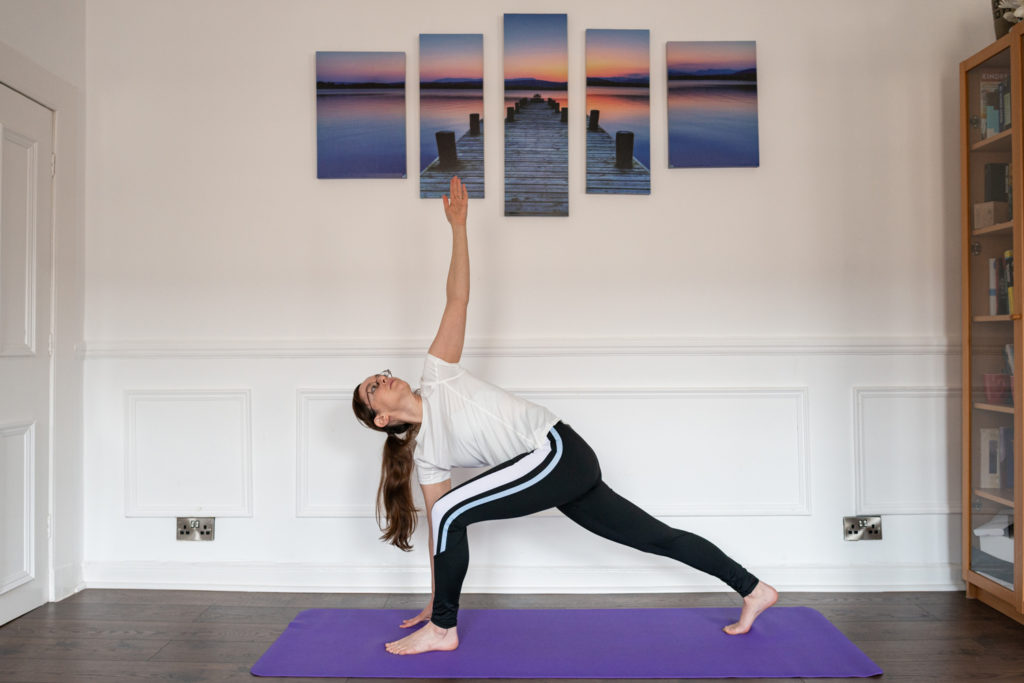
Injuries are a common problem in football and one that every player, manager and club dreads. A muscular one, such as a hamstring strain, could put footballers out for weeks or months at a time. A more serious joint one, such as an ACL tear to the ligament in the knee, could result in the player not coming back for the rest of the season. And whilst they are to some extent part and parcel of the sport and can’t be avoided, it’s always important to ask the question: “what can be done to help prevent such injuries from occurring?” and “how can we curb any unwanted stress and anxiety that can be caused by this?” There is so much potentially at stake. In particular with long-term injuries, it can affect a players’ position in the team, the game strategy for the season and even the eventual league table position. It’s no wonder that football is looking for some complimentary and science-based support.
Here are 5 ways Yoga can help to reduce the risk of injury and keep football players at peak fitness and feeling calm and centred on the pitch:
Warm up properly
The importance of a good warm-up can’t be understated. And that’s why so much time is spent in training getting ready for a game. Due to the demands of the sport and repetitive use of the leg muscles for movement, such as running and kicking, footballers need to increase and balance the strength and flexibility of the quadricep muscles at the front of the thigh with the hamstrings and glutes. The four quadriceps are used for extending the leg during shooting and passing, whilst the hamstrings are used for thrusting players forwards and sprinting. Hamstrings are often an area prone to injury, as they are needed for sudden acceleration.
In addition, footballers often have shortened, tight hip flexors due to kicking being a primary movement of the game. This, as well as weak glutes can then cause an anterior tilt in the pelvis pulling the hips forward, which can lead to lower back problems, pain and compression.
A sport specific yoga routine designed for footballers can be beneficial in warming up. With a focus on getting energy levels up so that muscles can work optimally and efficiently and allowing free movement in the spine and joints. It’s important to look at what areas a footballer has become restricted in and what muscles have tightened up by assessing their unique ROM (range of motion) and stability, so that you can provide some dynamic stretching and functional movement for the individual player to increase their strength and flexibility, which means that they are less likely to get injured.
Balance
Due to the nature of the game, footballers use their dominant leg to kick and handle the ball. This can create an imbalance in the body, and the kicking foot and leg muscles can become stiffer and stronger due to repetitive movement, such as hip flexion, extension and rotation, knee extension (passing, kicking) and ankle flexion. The non-dominant leg will often be weaker, although less stiff and tight and will be used for balancing and stabilizing. It is at risk of injury if not conditioned the same, so yoga stretches and strengthening exercises for the glutes, hips and legs that place equal emphasis on both sides of the body can be useful.
Yoga can also be helpful for finding balance in yourself, as it works on the different aspects of a person. Balancing not only your physical body through a series of poses, but also helping to balance and clear your mind and regulate your emotions. There are many scenarios in a football match when this will be helpful, such as being able to find your ground and centre of gravity so you can perform different movements and come back to a stable base. It’s important as well to keep a cool head when the score’s not going your way and be able to manage your emotions when the pressure starts to mount.
A well-balanced yoga routine which works both sides of the body and aims to restore a players’ overall health and wellbeing will therefore be extremely beneficial, as it helps to address any muscular imbalances which can lead to injury and helps a player to feel balanced in themselves too.
Breathing
It is crucial for footballers to learn proper breathing, as it can help you to come into the present moment and engage with your surroundings. Proper diaphragmatic breathing has many benefits: it can help to maintain good spinal health and functioning, keep you focused on your responsibilities in a game and drown out any distractions, such as the crowd. Yoga breathing can also help to connect you to your core through powerful exhalations which contract the abdominal wall and give you a sense of stability and a strong centre that you can move from.
As soon as you switch your focus to and slow and control your breath, you increase awareness. The mind then in turn becomes quieter and you are more present, so less likely to rush or get an injury through a late or misjudged tackle or a poor pass.
Mental awareness/sharpness
Through the discipline of yoga, a footballer can increase awareness of the body, what’s going on and how it relates to your choices on the pitch. A game can become like a moving meditation, so you key in on when you should speed up suddenly and use your calves and hamstrings and you have a clearer view of how the game is progressing. As well as getting in touch with different sensations in your body, yoga also helps you to become more aware of what’s happening in your mind. You can notice if, for example, when you are fatigued during a game, your mind wanders off and help to bring it back into the here and now through mindful awareness.
You can also notice when negative thoughts occur and try replacing them with positive ones more quickly. If you are getting stressed, you can feel your heart rate and blood pressure increase and make a conscious decision to use your yoga breathing to find some calm and space. You are then in a better position to stay focused on the game plan without an injury.
Recovery
Recovery is a key part of the game cycle and shouldn’t be optional. It’s an opportunity for the body and mind to rest fully. A packed schedule can make it more tricky, but it’s still important to find time.
There are specific yoga techniques that can help footballers to relax and unwind, such as a progressive muscle relaxation or a guided body scan where you use attention to and awareness of sensations in the body to release mental as well as physical tension. These yoga practices activate the parasympathetic nervous system (the opposite of fight or flight), a state in which you can rest and digest everything from the previous game.
The calming and non-competitive yoga environment enables footballers to switch off and let go. It’s a safe space to just be yourself, without any pressures or judgments where you can process your feelings. A guided visualisation, using specific mental imagery is another useful technique for relaxation and you can imagine yourself playing in an upcoming game and feel and go through the movement patterns required so that when the game comes these can be brought to mind and you’re feeling confident.
Post-match recovery yoga can help you to feel more relaxed and in a more positive frame of mind, meaning that you are less prone to fatigue, muscle tightness and soreness and injury.
These are just a few ways that yoga can help to avoid the possibility of a football injury. They can help to ensure that as little time as possible is spent away from the pitch and training field, and more doing what you love: your chosen sport that keeps your mind engaged, your heart pounding and puts that fire in your belly.
—
Need some help with a football injury or are you looking for a complimentary practice to support your training? I offer Sports Yoga Classes here in Liverpool for help with good movement patterns, injury prevention and recovery and mental focus. Get in touch via the Contact page for details.

